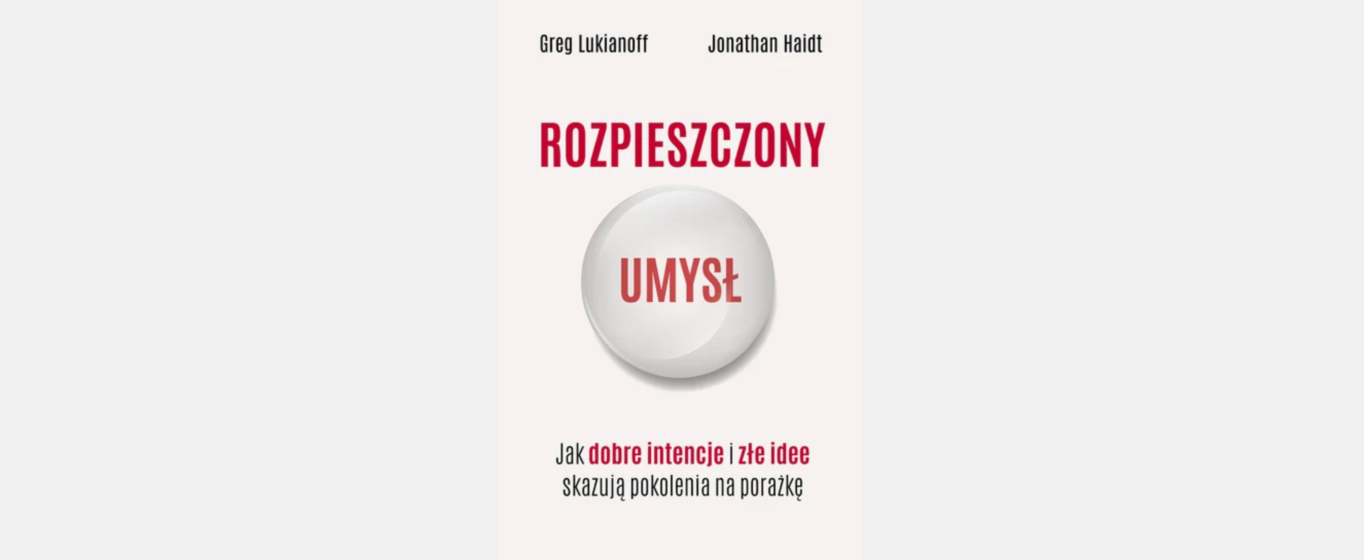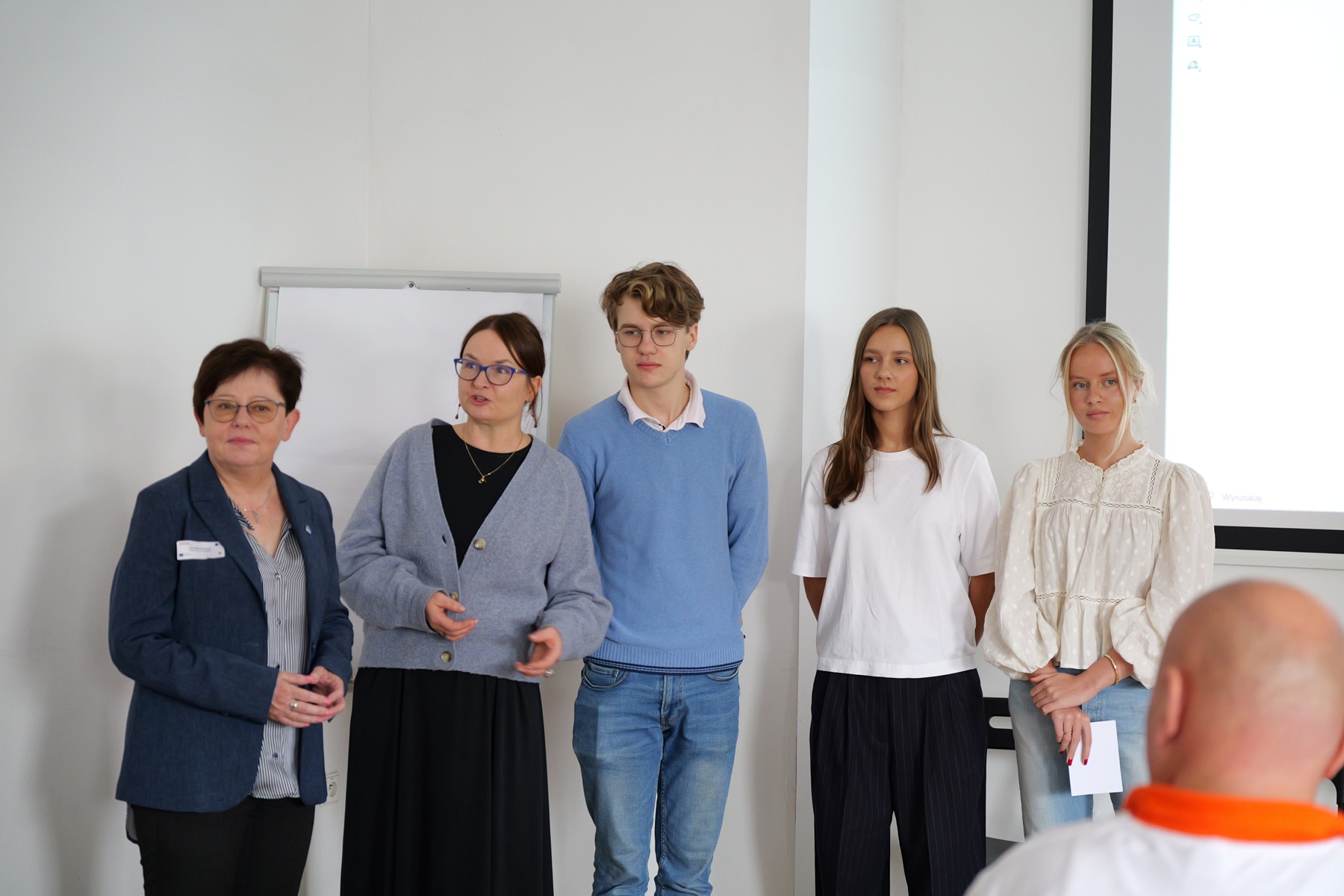
“The Dividing Line Between Good and Evil Crosses the Heart of Every Human Being”*
The authors make a bold attempt to define and counter the disturbing social trends of the second decade of the 21st century. Greg Lukianoff and Jonathan Haidt present with surgical precision the changes in the functioning of the American higher education community, the social changes caused by, among others, the widespread presence in the social media environment, and the changes in the approach to raising children.
In matters concerning students, they draw attention to three most important and at the same time extremely disturbing phenomena, namely the increased need for protection from stress (safetyism), excessive concentration on one’s own feelings (which results in so-called cognitive distortions) and succumbing to strong polarization tendencies (pitting some against others). The authors describe events on university campuses, during which violence was resorted to in order to prevent unwanted speakers from speaking and which took on the characteristics of a witch hunt model. These events were, among other things, a consequence of the belief that speech can be violence and a kind of consolidation of compact and homogeneous groups in which diversity of points of view is not a value. In addition, the authors state that the current tendency to excessively regulate the rules of social life and protect students from probable difficulties may turn against students themselves, reducing their ability to resolve conflicts independently. In the further part of the book, the authors signal the emergence and consolidation of political and social divisions and draw attention to the role of social media, the use of which contributes to the spiral of hostility. The researchers quote Sean Parker’s words from an interview given in 2017, in which the first president of Facebook admits that his medium exploits the sensitivity of the human psyche, including the need for acceptance to maintain attention and that it is not known what will happen in the minds of children as a result. Then the authors devote a lot of attention to raising children and the so-called iGen generation, i.e. those born after 1995, in which significantly more cases of depression and anxiety have been found. They also note the correlation between excessive time spent in front of the screen and the increase in cases of mental illness, especially in girls due to their greater susceptibility to comparing themselves to others. Another factor harmful to children is the overprotectiveness of adults or excessive concerns about their safety.
In the section on lessons for the future, the authors offer six principles for raising smarter, stronger, and more stress-resistant children. They advise preparing the child for the journey, not the journey for the child, developing cognitive and social skills in children that will quiet excessive emotional justifications (the principles of the cognitive-behavioral approach), fostering a sense of community with the important principle of magnanimity and the virtue of intellectual humility, encouraging children to play freely with other children, and teenagers to practice debate, limiting electronic device use to 2 hours per day, and supporting a new standard of service or work for high school graduates before they begin college. For universities, the authors suggest promoting free research while protecting the right to express opinions, promoting diverse points of view, and cultivating a sense of academic togetherness while teaching how to enter into constructive conflict.
In conclusion, the authors state that although all the described social phenomena may be disturbing, they are convinced that actively undertaken corrective actions will bring positive results, and the best antidote to pessimism is faith in human agency and wisdom. You are invited to read.
Beata Ciacek
*Lukianoff G., Haidt J., Rozpieszczony umysł. Jak dobre intencje i złe idee skazują pokolenia na porażkę, Poznań, Wydawnictwo Zysk i S-ka, 2023, s. 361, cyt. za: Sołżenicyn A.I. Archipelag GUŁag 1918-1956, Poznań, Rebis ,2008, s. ?
(text translated with Deepl.com by B.C)



